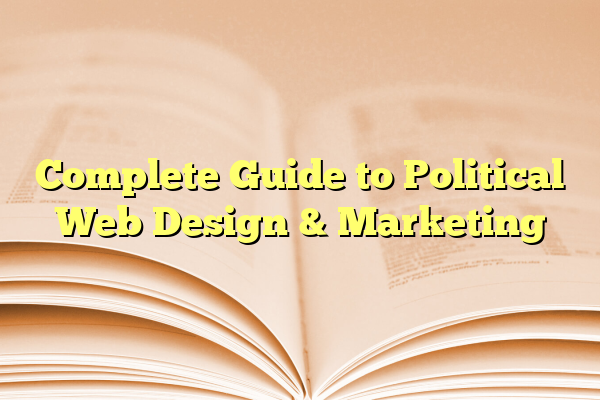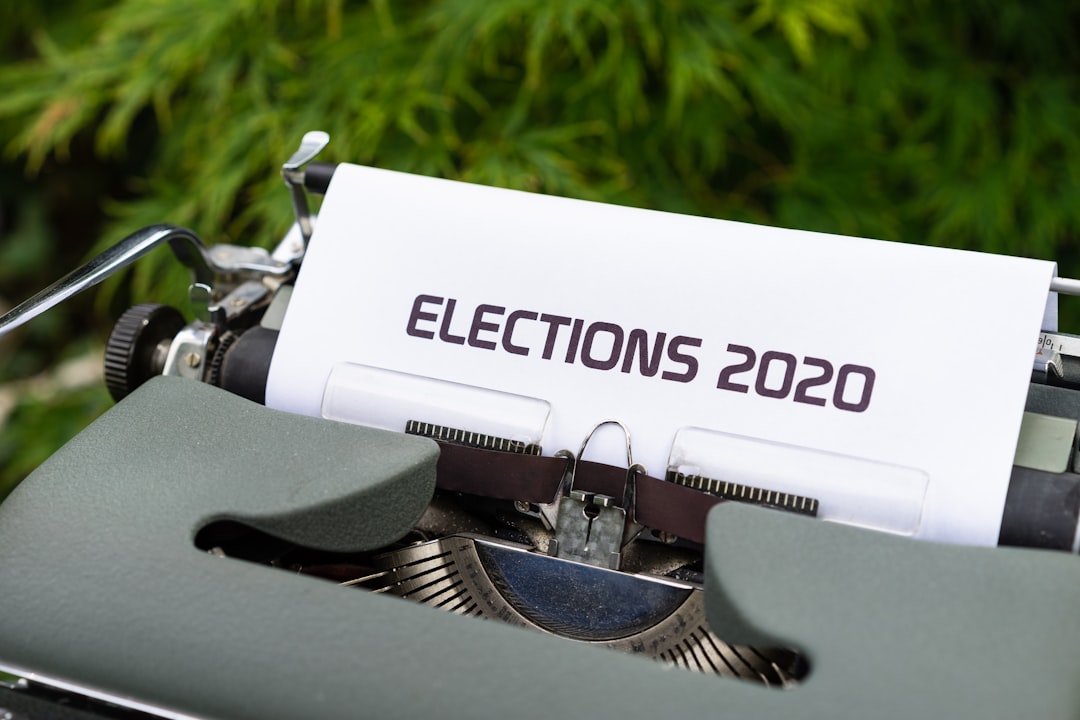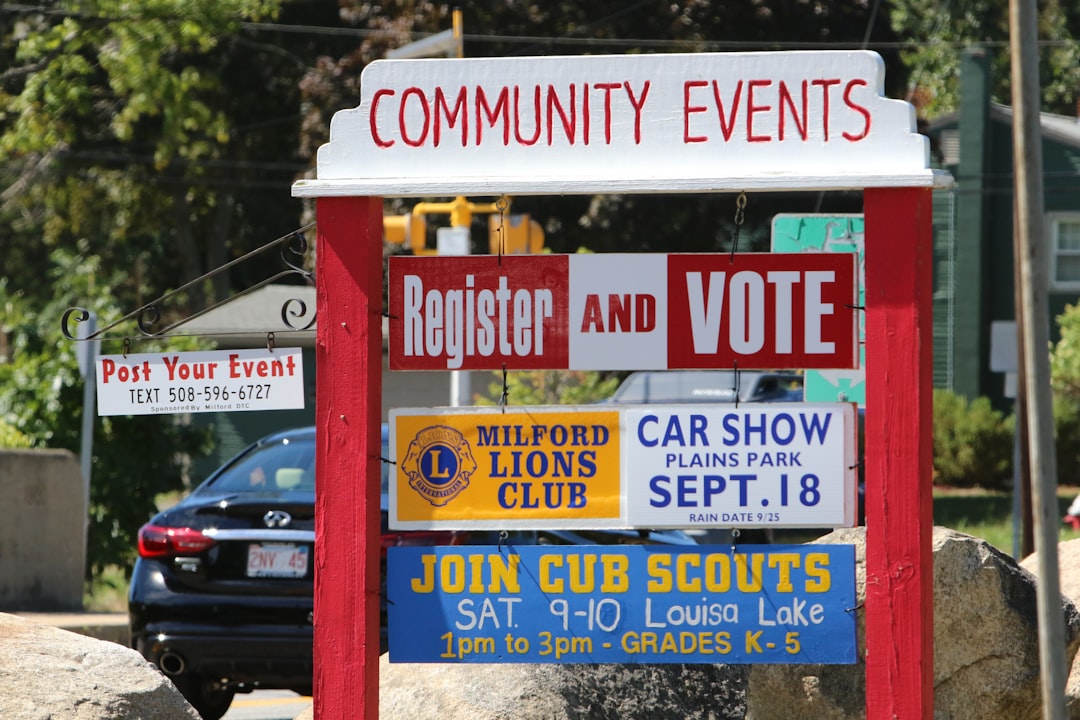
Complete Guide to Political Web Design & Marketing
In politics, first impressions matter. And today, the first impression is often made online. That’s why your political website and marketing must be sharp, smart, and super engaging. Whether you’re running for office or trying to build a movement, your digital front door is your website.
Contents
Why Political Web Design Matters
Think of your campaign website like a virtual handshake. It must be fast, clear, and convincing. If people don’t trust your site, they may not trust your campaign. That means clean design, easy navigation, and mobile readiness — all are musts.
Your website should:
- Tell your story quickly
- Showcase your values
- Make donating and volunteering easy
- Look good on all screen sizes

Key Features Every Political Website Needs
You don’t need flashy animations or dozens of pages. You need a few great things done really well.
Here’s what your site should include:
- Home Page – First impression, uplifting message, candidate photo
- About Page – Who you are, your background, your mission
- Issues Page – What you stand for, what you’ll fight for
- Take Action Page – Volunteer, donate, spread the word
- Events Page – Where you’ll be, town halls, rallies
- Press & Media – Article clips, interviews, awards
- Contact Page – Let people connect with you
Must-Have Design Tips
You don’t need to be a designer to have an attractive site. Focus on simplicity and clarity.
- Use big, readable fonts
- Stick to 2 or 3 main colors
- Use real photos from the campaign trail
- Keep things consistent — use the same style for buttons & headers
People should feel inspired when they visit your site. Give them a visual reason to rally behind you!
Marketing Your Campaign Online
Once your website is live, it’s time to spread the word. Digital marketing helps you reach voters right where they are — on social media and search engines.
There are tons of low-cost ways to promote your campaign. Start with these:
- Email Marketing – Keep supporters in the loop. Send updates, event invites, and donation requests.
- Social Media Campaigns – Post regularly. Be authentic. Use eye-catching visuals and captions.
- Google Ads & Facebook Ads – Promote key issues and events to targeted audiences.
- SEO – Make sure your site shows up when people look for candidates in your area.

Tools That Make Life Easier
No need to start from scratch. There are tools specifically designed for political campaigns. Many are free or low-cost.
- NationBuilder – Manages donations, events, email communications
- WordPress + Elementor – Great for building a stylish site on a budget
- Mailchimp – Powerful email marketing for small or large lists
- Canva – Easy tool for making social media graphics and flyers
Don’t Forget the Data
Track what’s working. This helps you improve. Use website analytics to understand who’s visiting, what they’re clicking, and where they drop off. Make changes based on real user behavior.
Google Analytics, Hotjar, and Facebook Insights are handy tools to start with.
Final Thoughts
Your campaign website and marketing are more than just decoration — they’re how you win hearts, minds, and votes. Keep things clear, bold, and personal. Make it easy for people to get involved.
Remember: Politics is about people. Make your digital presence feel human, connected, and real.

